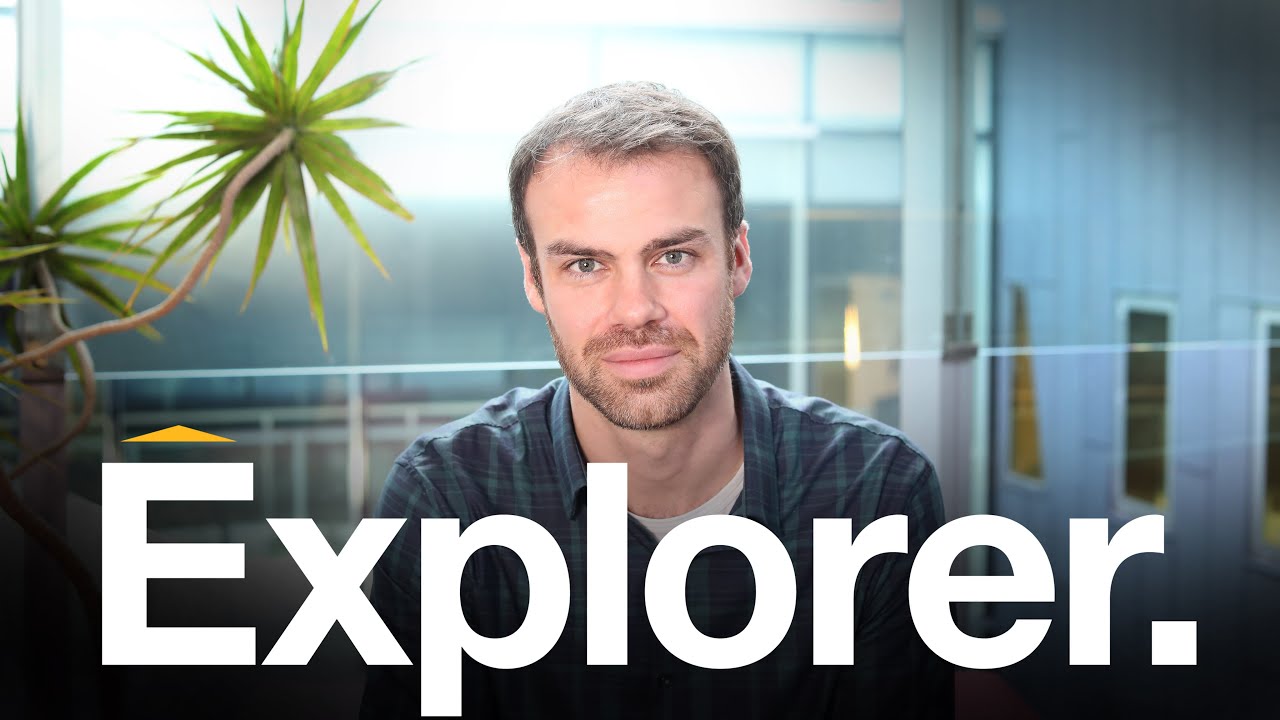Alex May, a researcher at the Perimeter Institute, explores the fascinating connection between quantum information theory and quantum gravity, emphasizing how their interplay can lead to new insights in physics and technology. He shares his personal journey from childhood curiosity to his collaborative scientific environment, highlighting his passion for solving complex problems and his ongoing efforts to build quantum bridges from gravity to cryptography.
In the video, Alex May introduces himself as a researcher at the Perimeter Institute, working at the intersection of quantum information theory and quantum gravity. He highlights the intriguing relationship between these two fields, which often seem disconnected due to their different questions and focuses. May expresses a particular interest in understanding how these areas can inform and influence each other, suggesting that exploring their connection could lead to new insights in fundamental physics and quantum technologies.
May shares a bit about his background, growing up in a rural area near Vancouver, British Columbia. His childhood was spent exploring forests, building forts, and engaging in outdoor adventures, which he reflects on as formative experiences. These early memories of curiosity and exploration seem to have shaped his approach to scientific inquiry, fostering a sense of wonder and a love for discovery that continues to motivate his research today.
He discusses his passion for the challenge of solving complex problems in physics, emphasizing the deep satisfaction that comes from immersing oneself fully in a research question. May describes the process of working intensely on a problem as both absorbing and beautiful, often leading to moments of insight that feel almost mystical or cosmic. This sense of connection with the universe through scientific understanding is a recurring theme in his reflection on his work and its emotional impact.
May also talks about his experience at the Perimeter Institute, describing it as a community built for people like him—those passionate about physics and mathematics. He appreciates the environment’s openness and the physical space filled with blackboards and notes, which fosters collaboration and intellectual engagement. The institute’s atmosphere, he notes, feels welcoming and tailored to his identity as a scientist, reinforcing his sense of belonging within the scientific community.
Finally, May shares personal updates about moving to Waterlue and renovating his home, including building a basement suite for his students. He mentions learning new skills like plumbing and drywall, and humorously notes that he now needs a new hobby. Overall, the video combines his scientific passions with personal reflections, illustrating how curiosity, community, and continuous learning are central to his life both inside and outside the lab.
